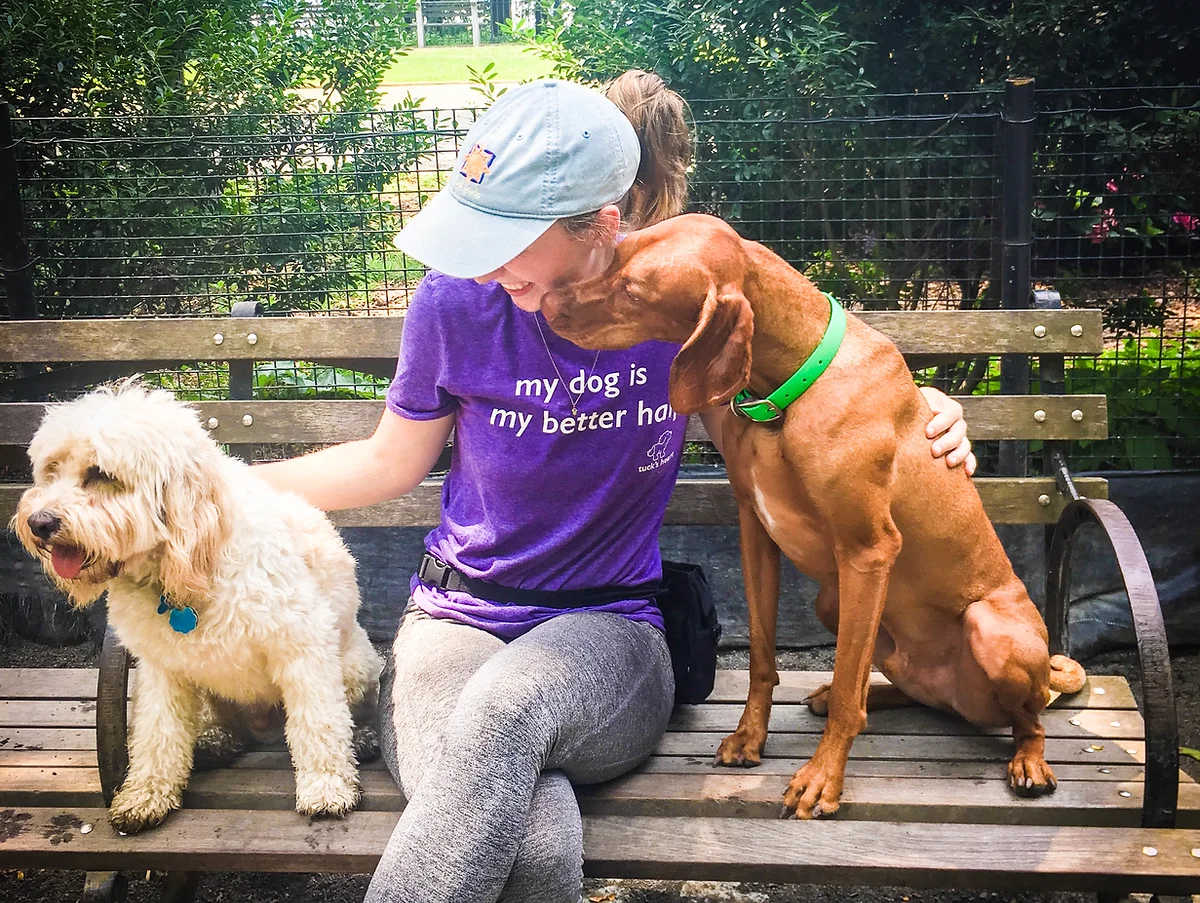
This guide will provide practical tips and strategies for managing and correcting reactive behavior in your dog. Reactivity in dogs can be challenging to handle, but with the right approach and consistent training, you can help your furry friend become calmer and more confident in various situations.
By identifying triggers, avoiding them when necessary, and implementing counter-conditioning techniques, you can work towards improving your dog's behavior and creating a positive and stress-free environment for both you and your pet.
Key Takeaways:
Identify triggers: Determine specific stimuli that cause your dog to react and avoid them while working on a training plan.
Protect your dog: Be vigilant while out with your dog and advocate for their comfort and boundaries with strangers.
Counter-conditioning: Use treats, toys, and praise to associate triggers with positive reinforcement and help your dog cope in stressful situations.
Avoid reactive dogs: Evaluate adult dogs before adopting and visit puppies before weaning to assess potential reactivity.
Consult a professional: If you struggle with training, seek help from a veterinary behaviorist or fear-free dog trainer to customize strategies for your dog.
Recognizing the Signs of Canine Reactivity
You may notice your dog barking, lunging, or growling excessively in response to certain triggers, such as other dogs, people, or specific situations. These behaviors indicate reactivity in your furry friend.
Factors Contributing to Your Dog’s Reactive Behavior
Clearly, various factors can contribute to your dog's reactive behavior. Lack of socialization, prior negative experiences, or even genetic predispositions can play a role in your dog's heightened responses to certain stimuli. Knowing these factors can help you address and manage your dog's reactivity effectively.
Genetic predispositions
Lack of socialization
Prior negative experiences
Tips for Managing and Correcting Reactivity
Identifying and Avoiding Triggers
There's no one-size-fits-all approach to managing a reactive dog, but a good place to start is by identifying and avoiding triggers that set off your furry friend. Pay attention to their reactions to people, other animals, or specific environments, and try to steer clear of those situations whenever possible. By minimizing exposure to triggers, you can create a more calm and controlled environment for your dog to thrive in.
Establishing a Safe and Supportive Environment
Assuming the role of your dog's advocate, create a safe and supportive environment where they can feel secure and comfortable. The key is to gradually expose them to their triggers in a controlled setting, using positive reinforcement techniques such as treats and praise to help them associate these stimuli with positive experiences. The goal is to build their confidence and teach them coping mechanisms for dealing with stressful situations.
The Basics of Counter-Conditioning for Reactive Dogs
Reactive dogs can benefit greatly from counter-conditioning, a technique that helps them associate triggers with positive experiences. By rewarding your dog with treats, toys, or praise whenever a trigger appears, you can help them overcome their fear and anxiety. Start at a safe distance from the trigger, gradually moving closer as your dog becomes more comfortable. Consistency and patience are key to successfully implementing this training technique.
How-to Guide for Consistent, Positive Reinforcement Training
An effective way to transform your reactive dog's behavior is through consistent, positive reinforcement training. By always having treats on hand to reward good behavior, you can help your dog learn to associate triggers with something positive. Enlist the help of a friend to create controlled training scenarios, gradually exposing your dog to their triggers while rewarding calm and focused behavior. With time and dedication, your dog can learn to react more positively in stressful situations.
Daily Routines and Exercises to Support Your Dog
Routines are crucial in supporting your reactive dog's progress. Incorporate daily walks in quiet areas, away from triggering stimuli, to build positive experiences. Engage in interactive games or obedience training to keep your dog mentally stimulated and focused. Consistency is key, so establish a routine that helps your dog feel secure and calm.
Long-Term Strategies for Sustaining Calm Behavior
On top of daily routines, long-term strategies are important for sustaining your dog's calm behavior. Continuing counter-conditioning exercises with treats and positive reinforcement will help your dog associate triggers with positivity. Regular exposure to controlled trigger situations, with the help of a professional trainer if needed, will solidify your dog's progress over time. Consistency, patience, and ongoing support are key to maintaining a reactive dog's improved behavior.

Conclusion
With this in mind, correcting a reactive dog requires patience, understanding, and consistency. By identifying triggers, avoiding stressful situations, and implementing counter-conditioning techniques, you can help your dog overcome their reactive behavior.
Remember to always advocate for your dog's well-being and never force them into situations that make them uncomfortable. Seek professional help if
